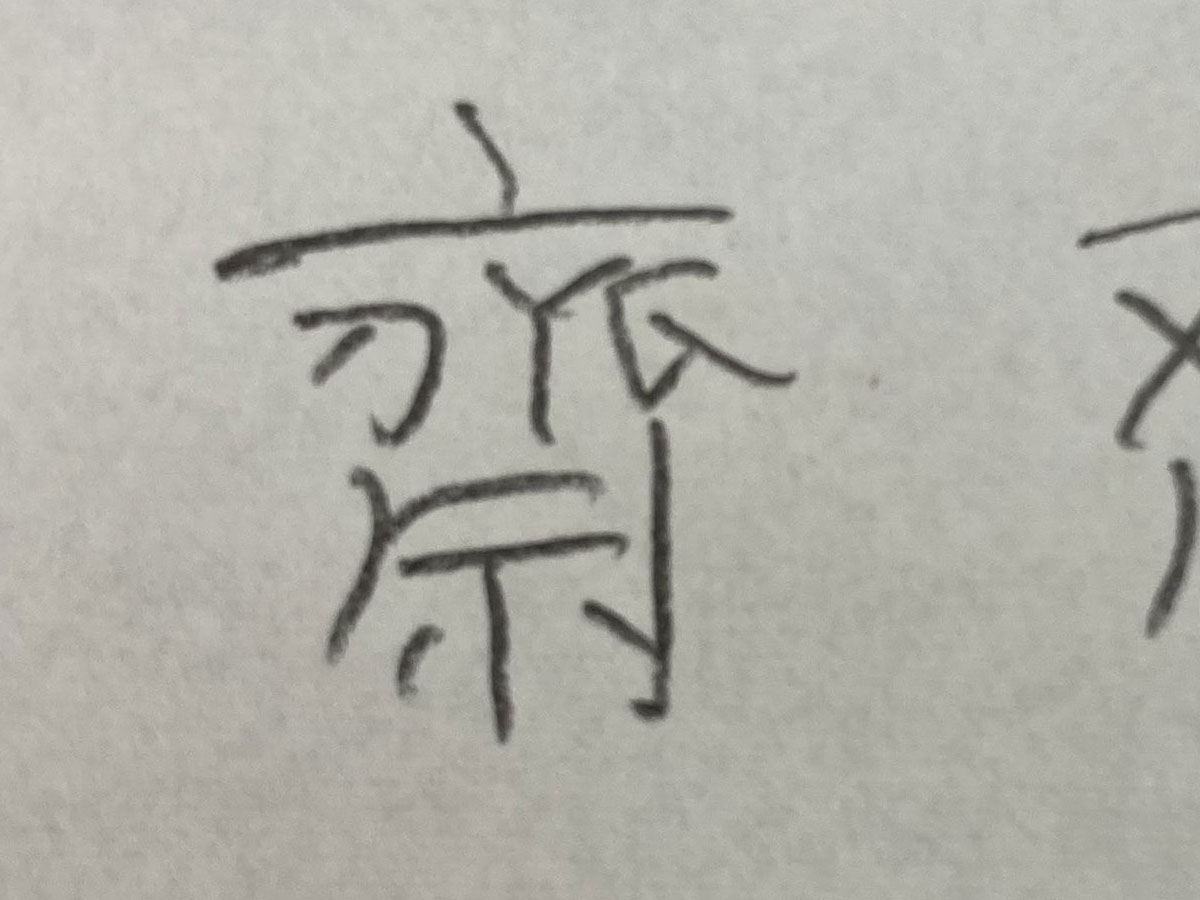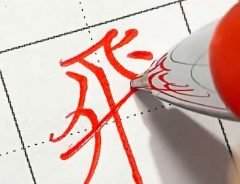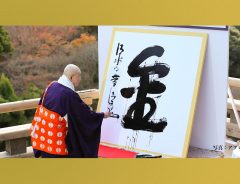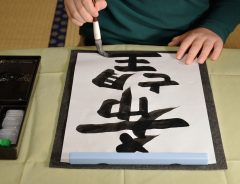
Source: Kudo (@jun_kudo_) - image used with permission
Kanji “trick” for writing complicated Japanese family name draws laughter online
Related Article
-

Illustrator uses traditional Japanese art form to share a laugh over modern everyday experiences
-

Japanese calligraphist shows how you can write gorgeous kanji with a cheap pen
-

Monumental feats, new 500 yen coin contribute to choice of “Gold” as 2021’s Kanji of the Year
-

Elementary school student has perfect choice for her favorite kanji in calligraphy class
-

A message on a cold winter day warms people’s heart
-

A former Danish diplomat released an efficient kanji memorizing software with more features!


In case you're wondering what these comments were about, they were reactions to Japanese Twitterer Kudo (@jun_kudo_) who came up with a little "trick" to write a complex kanji.
Reproduced with permission from Kudo (@jun_kudo_)
"My theory is if you write XYZ in the kanji 齋 in 齋籐 (Saito), nobody will notice."
Saito is a very common Japanese family name, but the sai part of the name has as many as 31 different kanji variations.
According to Tokyo Keizai, the most frequent variants are 斎藤 numbering 15,0494 families, followed by 斉藤 numbering 7,3424 families, and 齋藤 at 1,7071 families. Here they are in larger font:
As you can see, things begin to become complex in terms of the number of strokes with the third one.
In fact, there are many variants of the kanji which feature the same top part. Here are a few:
It's this relatively complex top part that is the focus on this little trick.
With the central element looking very much like a capital Y, it's not hard to see how someone could be tricked if it were replaced by the English letters "XYZ," especially when written by hand.
Of course, if you actually need to handwrite this kanji for official purposes, you probably shouldn't try this trick, but it could be fun to test it out on a Japanese friend.